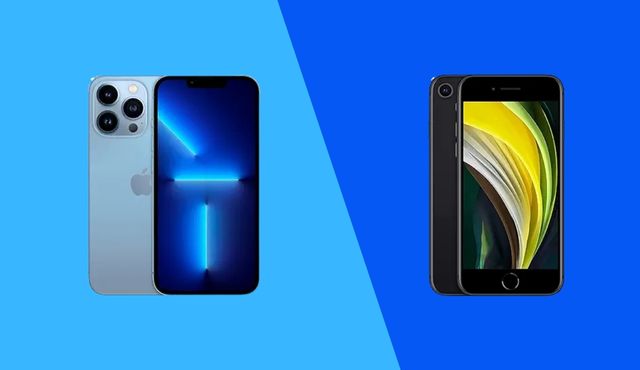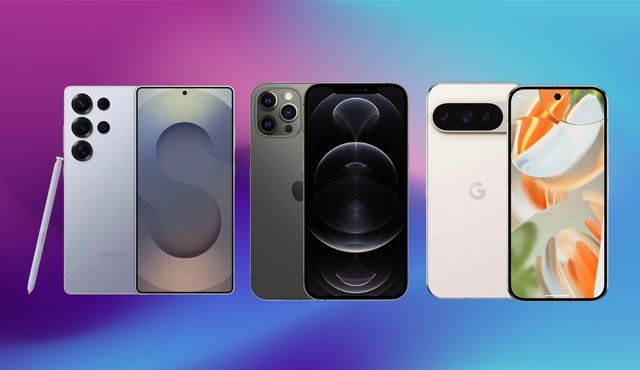If you’ve ever sold a phone online, you may have noticed that flagship devices — like the iPhone Pro series or Samsung Galaxy S Ultra — consistently sell for more money than budget or mid-tier phones. In fact, a well-maintained flagship model can command 30–40% higher resale value even years after its release.
But what makes these devices so different? Why do flagship phones hold value while others depreciate more quickly? In this guide, we’ll break down the reasons premium smartphones have higher resale demand, how features like storage capacity and build quality play a role, and why selling at the right time can maximize your cash return.
What Makes a Phone a Flagship Model?
Before exploring resale value, it helps to understand what defines a flagship.
- Premium Build Quality: Flagship devices are built with higher-grade materials like stainless steel, aluminum, and Gorilla Glass.
- Top Specs: They feature the newest processors, advanced cameras, and longer battery life.
- Exclusive Features: Technologies like OLED displays, multi-lens cameras, and proprietary software are usually released on flagships first.
- Higher Price Point: A flagship typically launches at $800–$1,500, signaling premium status.
These factors position the device as the “best of the best,” which keeps demand strong even in the resale market.
1. Build Quality and Materials
Durability is one of the biggest reasons flagship phones retain resale value. High-end construction means fewer scratches, dents, or hardware failures compared to cheaper models. Buyers are willing to pay more for used devices that still look and feel premium.
- Example: A three-year-old iPhone Pro with stainless steel edges usually sells for significantly more than a plastic-bodied mid-tier phone from the same year.
- Impact on resale: Premium materials increase the chances your device still looks like new, even after years of use.
2. Longer Software Support
Another major factor in resale value is software longevity. Flagship phones typically receive longer updates than budget devices.
- Apple: Provides iOS updates for 5–6 years on flagship models.
- Samsung & Google: Offer extended Android updates (4–5 years) on premium devices.
- Budget models: Often stop receiving updates after 2–3 years.
Buyers prefer devices that will still get security patches and new features, which makes flagships much more attractive on the resale market.
3. Stronger Brand Perception
Brand plays a huge role in how much people are willing to pay for a used phone. Premium models from Apple and Samsung carry strong reputations for performance and reliability.
- Apple loyalty: iPhones consistently top resale charts because of strong customer trust and global demand.
- Samsung Galaxy S & Note series: Flagship Androids that maintain value better than mid-tier Galaxy A devices.
In contrast, budget brands or lesser-known models often have weaker resale markets, even if the device is only a year old.
4. Exclusive Features Drive Demand
Flagship devices usually come with features not found in cheaper models, making them more desirable long after launch.
- Pro-grade cameras with multiple lenses and advanced processing.
- High-refresh OLED displays for smoother visuals.
- Premium storage options (up to 1TB on certain iPhones and Galaxy Ultras).
These features remain attractive even two or three generations later, especially for buyers who want advanced tech without paying full retail.
5. Trade-In and Carrier Incentives
Carriers and buyback platforms often offer higher trade-in values for flagship models compared to budget devices.
- Why? They know they can resell flagships quickly and at a higher price.
- Result: The market stabilizes with consistent demand for used flagship devices.
This also means if you want to sell used electronics for cash, choosing a flagship model upfront will pay off down the road.
6. Larger Storage = Higher Resale
Flagship models often launch with multiple storage options (128GB, 256GB, 512GB, or more). Buyers pay a premium for higher-capacity phones because they last longer for apps, photos, and videos.
- Example: A 256GB iPhone Pro in good condition may resell for $100–$150 more than the 128GB version.
- Tip: If you’re planning to resell, opt for mid- to high-tier storage models — they hold their value best.
7. Scarcity and Collector Appeal
Special edition flagship models — like a rare color or limited-edition release — often hold value longer because of collector interest.
- Example: The “Product Red” iPhone or Samsung’s special color launches often command higher resale prices.
- Buyer psychology: Scarcity drives perceived value, especially when production runs are short.
Comparing Flagship vs Budget Resale Value

Let’s look at a real-world comparison.
- iPhone 13 Pro (Flagship, launched 2021): Still sells for around 55–60% of its retail price three years later.
- iPhone SE (Budget, launched 2020): Usually sells for 30–35% of its retail price after the same timeframe.
The difference is clear: investing in a flagship not only improves the user experience but also ensures a stronger resale return when you’re ready to upgrade.
When to Sell a Flagship for Maximum Value
Even though flagships hold value longer, they still depreciate after new launches. Timing your sale is crucial:
- Sell before new releases: Offload your iPhone Pro in August or early September before the next iPhone is announced.
- Holiday demand: Sell during November–December when buyers are actively shopping.
- Tax refund season: Great for high-value flagships when buyers have extra cash.
Tips to Maximize Resale Value on a Flagship
1. Keep it in excellent condition with a case and screen protector.
2. Maintain battery health — replace if necessary before selling.
3. Include original accessories and box to increase perceived value.
4. Wipe and reset before listing to boost buyer confidence.
5. Use trusted resale platforms like Gizmogo to get fast, secure payments.
Final Thoughts
Flagship smartphones are more than just premium gadgets — they’re investments that pay off when it’s time to resell. Thanks to superior build quality, longer software support, and strong brand demand, flagship devices consistently command the highest resale value smartphones compared to budget models.
If you’re planning an upgrade, selling your current flagship at the right time can maximize your return and help fund your next device. Remember, maintaining your phone in “like new” condition and choosing the best place to sell used electronics are the keys to getting the most for your device.
For more insights, check out our complete guide: (Coming Soon: Maximizing the Value of Your Used Electronics).



One Response
It’s interesting how flagship models hold value longer—part of it might also be due to their premium build quality and better materials. The longevity of both hardware and software support makes them a solid choice for those who want to future-proof their purchase.